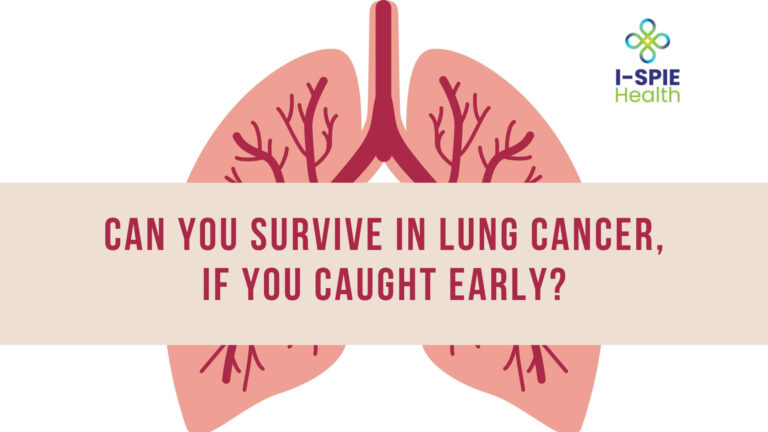Cancer treatment can be an overwhelming journey, bringing along various side effects that can affect both physical and mental well-being. Amidst the challenges, maintaining physical activity stands out as a crucial component for enhancing quality of life. This blog aims to provide insights and guidelines on safe exercise routines for cancer patients, emphasizing the importance of staying active during treatment.
Benefits of Physical Activity During Cancer Treatment
Physical Benefits
Engaging in regular physical activity offers numerous physical benefits for cancer patients:
- Improved cardiovascular health: Exercise helps maintain heart health, reducing the risk of heart disease.
- Enhanced muscle strength and endurance: Strengthening muscles can improve overall physical capacity and resilience.
- Better weight management: Regular activity helps in maintaining a healthy weight, which is crucial during and after cancer treatment.
- Reduced treatment-related fatigue: Exercise can combat fatigue, one of the most common side effects of cancer treatment.
Mental and Emotional Benefits
Physical activity also positively impacts mental and emotional well-being:
- Reduction in anxiety and depression: Exercise releases endorphins, which help in alleviating anxiety and depression.
- Improved mood and overall quality of life: Staying active can lead to a better mood and an enhanced sense of well-being.
- Enhanced cognitive function: Regular exercise can improve memory and cognitive abilities.
Social Benefits
Exercise can also provide social advantages:
- Opportunities for social interaction and support: Group activities or classes can foster a sense of community and support.
- Increased motivation through group activities: Exercising with others can boost motivation and adherence to routines.
Enhanced Treatment Efficacy
Emerging research suggests that physical activity might enhance treatment outcomes:
- Improved chemotherapy effectiveness: Exercise may make chemotherapy more effective.
- Better outcomes with immunotherapy: Staying active can potentially lead to better results with immunotherapy treatments.
Read More: The Ultimate Guide To Cancer Care At Home
Types of Exercises Recommended for Cancer Patients
Aerobic Exercises
Aerobic activities are crucial for maintaining overall cardiovascular health and stamina. They help in improving lung capacity and reducing fatigue, making daily activities easier to manage.
- Examples: Walking, jogging, cycling, swimming.
- Recommendations: Aim for moderate-intensity aerobic exercise for at least 150 minutes per week.
Strength Training
Strength training is vital for building and maintaining muscle mass, which is often compromised during cancer treatment. It helps improve functional strength, making everyday tasks more manageable and reducing the risk of muscle wasting.
- Examples: Light weights, resistance bands, body-weight exercises.
- Safety Tips: Start with low weights and gradually increase; aim for two to three times a week.
Flexibility Exercises
Maintaining flexibility is essential for preserving mobility and preventing injuries. These exercises help in keeping joints supple and muscles elongated, reducing the risk of stiffness and discomfort.
- Examples: Yoga, stretching routines.
- Importance: Enhances flexibility and balance, reducing the risk of falls.
Mind-Body Exercises
Mind-body exercises promote relaxation and mental well-being by integrating physical movement with mental focus. These practices can help reduce stress, improve mental clarity, and foster a sense of calm and balance.
- Examples: Tai Chi, Pilates.
- Benefits: Integrating these practices can improve both physical and mental health.
Tips for Staying Active During Treatment
- Start slow and build up gradually: Begin with low-intensity exercises and increase as tolerated.
- Incorporate physical activity into daily routines: Simple changes like taking the stairs or short walks can add up.
Guidelines for Exercising & Physical Activity During Cancer Treatment
Consultation with Healthcare Providers
- Medical clearance: Always consult with your healthcare team before starting any exercise program.
- Personalized exercise plans: Work with professionals to create a tailored exercise regimen.
Listening to Your Body
- Recognizing signs of fatigue and overexertion: Pay attention to your body’s signals and rest when needed.
- Adjusting intensity and duration: Modify your exercise routine based on your daily energy levels.
Safety Considerations
- Avoiding high-impact activities: Choose low-impact exercises to reduce the risk of injury.
- Modifying exercises for physical limitations: Adapt routines to accommodate any physical restrictions.
- Hydration and nutrition: Maintain proper hydration and a balanced diet to support your activity level.
Setting Realistic Goals
- Achievable fitness milestones: Set realistic goals that are attainable and motivating.
- Balancing activity with rest periods: Ensure adequate rest to avoid overexertion.
Overcoming Common Barriers to Physical Activity & Exercising
Managing Fatigue
Staying active despite low energy levels can be challenging, but engaging in light exercises such as short walks or gentle stretching can help maintain physical function and boost energy levels. It’s crucial to balance activity with sufficient rest to allow your body to recharge. Proper rest and recovery are essential to avoid overexertion and support overall well-being during treatment.
Dealing with Pain and Discomfort
Pain and discomfort can be managed by using supportive gear and practicing gentle exercises that do not exacerbate pain. Supportive aids like compression garments or braces can provide additional comfort and stability, helping to alleviate pain and make physical activity more manageable. These strategies can help maintain mobility and reduce the impact of pain on daily activities.
Finding Motivation
Finding motivation to stay active can be difficult, especially during cancer treatment. Setting realistic and achievable goals can help break down the fitness journey into manageable steps, making it easier to stay on track. Joining support groups or exercise classes can also provide encouragement and support from others in similar situations, fostering a sense of community and shared purpose.
Addressing Common Myths
Many people have misconceptions about exercising during cancer treatment, including fears that it might be harmful. It’s important to debunk these myths and clarify that, with proper guidance, exercise is both safe and beneficial during treatment. Physical activity can improve overall health, enhance treatment outcomes, and support emotional well-being, contrary to some beliefs that it should be avoided.
Wondering How to Stay Active During Cancer Treatment?
Discover safe and effective exercises designed for cancer patients to help you stay strong and feel your best throughout your treatment journey. Get personalized exercise tips from Madhavi Parikh to enhance your well-being and recovery.
Conclusion
Maintaining physical activity during cancer treatment is vital for improving overall health and quality of life. Starting and/or continuing an exercise routine can make a significant difference in managing treatment side effects and enhancing well-being. Always consult your healthcare team before beginning any new exercise program. Embrace the journey towards better health with the support of exercise and physical activity.
FAQ
How does physical activity affect cancer patients?
Physical activity offers numerous benefits for cancer patients, including improved cardiovascular health, enhanced muscle strength, better weight management, and reduced treatment-related fatigue. It also helps reduce anxiety and depression, improves mood and cognitive function, and can potentially enhance the effectiveness of treatments like chemotherapy and immunotherapy.
What not to do when diagnosed with cancer?
When diagnosed with cancer, avoid:
- Starting any new intense exercise regimen without consulting your healthcare provider.
- Ignoring your body’s signals of fatigue and overexertion.
- High-impact activities that could lead to injury.
- Neglecting proper hydration and nutrition.
What do cancer patients need most?
Cancer patients need:
- Comprehensive medical care and support from their healthcare team.
- Emotional support from family, friends, and support groups.
- Adequate rest and proper nutrition.
- Personalized exercise plans tailored to their condition and treatment stage.
- Reliable information and resources to manage their condition effectively.








2 Comments